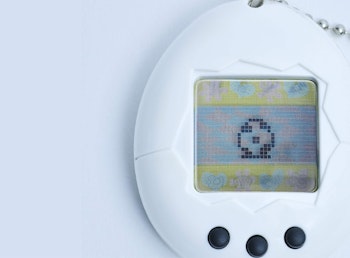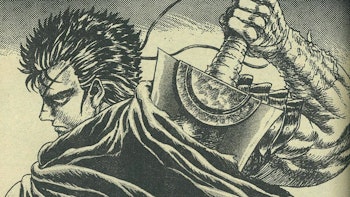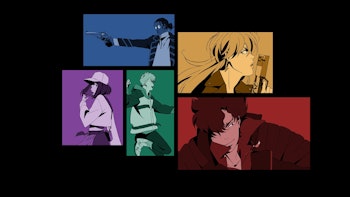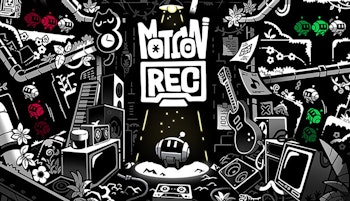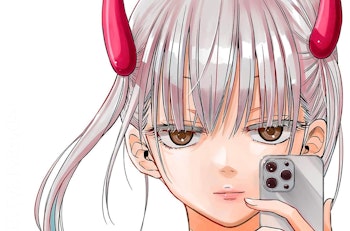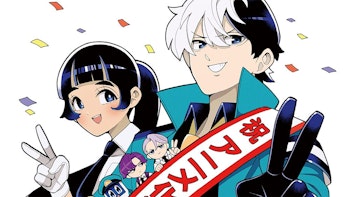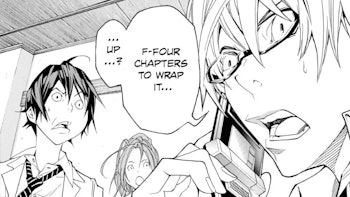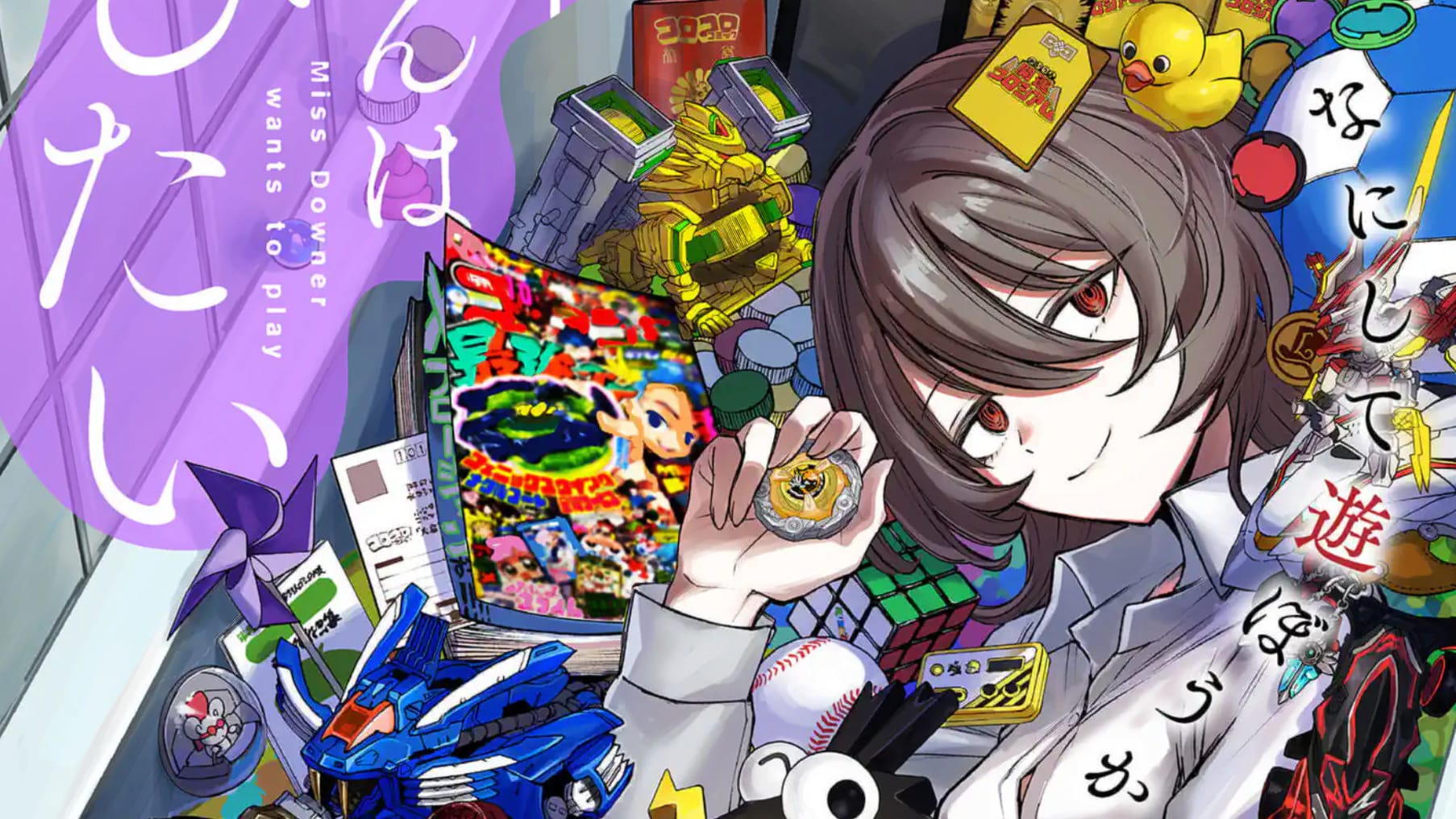
CoroCoro Comic is not an imprint that very often produces original hits. While it first began life as a home for Doraemon stories in 1977, it mainly focuses on multimedia tie-ins for young children these days, such as the long-running manga adaptation of Pokémon. As a result, Miss Downer Wants to Play is a stark outlier: a new story not based on an existing IP that has managed to achieve viral success by courting a very different audience.
To put things into perspective, the series’ official Twitter account has already managed to amass close to 40,000 followers despite only launching in October of last year. What’s more, the engagement rate on each post is remarkably high, with even the most basic of announcements easily netting hundreds of likes and retweets. All of this buzz online then translated into concrete sales when the first volume released on February 27: it ranked at number 94 on the Shoseki Ranking blog, just below the latest release in Ibuki Takeuchi’s adaptation of the Kirby franchise for the same label.
For fear of repetition, this is not a normal occurrence for CoroCoro. Probably the most popular series that the imprint has launched in the past couple of years is Black Channel: a horror manga by Satoshi Kisaichi that is in and of itself part of a multimedia project including an eponymous YouTube channel. While said YouTube channel now boasts over one million subscribers and its adaptation regularly takes the top spot in the popularity rankings on the CoroCoro website, its first volume still only managed to place at number 185 on Shoseki Ranking when it was released back in 2021.
In many ways, the fact that Miss Downer Wants to Play even sold more copies than Black Channel should be the first sign that it caters to another kind of readership. Much like the rest of the world, Japan’s current cohort of children are almost entirely digital, preferring to consume content online than go out and buy something as old fashioned as a paper book. The numbers don’t lie, but just a cursory glance through the first volume should make it crystal clear as to who exactly this is made for.
Haru Nitta has just taken his first steps out of childhood. It felt like just yesterday that he was a carefree elementary student, but now he’s in middle school, constrained by both the physical limitations of a uniform and the mental demands of academics. Deep down, he wishes that he could return to simpler times, free from the expectations placed on him by society and able to play to his heart's content once again… until he happens across someone who has done just that.
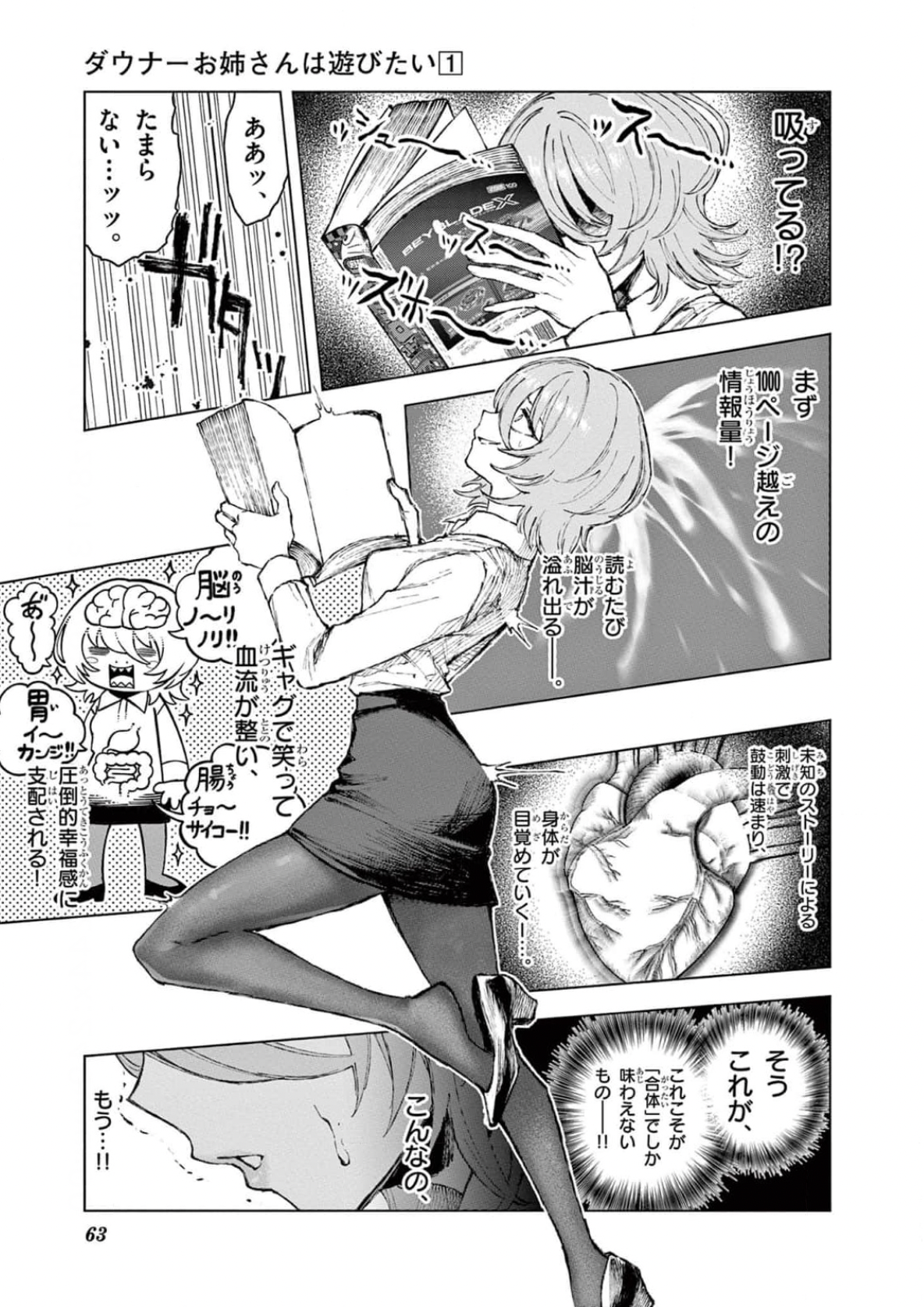
The titular ‘Miss Downer’ of Miss Downer Wants to Play is the true protagonist of this story, embodying everything that Haru wishes he could be to an absurd degree. Despite being a grown woman who seems to be an office worker by her appearance, she reads Monthly CoroCoro Comic from front to cover like a romance novel, references deep cuts from Inazuma Eleven, and plays Beyblade like her life depends on it. As a result, Haru can’t help but come to the park every day to meet her, even though her over-the-top enthusiasm proves somewhat grating.
Most chapters of the series revolve around a specific game or hobby, although some exceptions do exist. In the first volume alone, Haru and Miss Downer engage in such varied activities as yoyo and solving a Rubik’s Cube, while the author of Super Mario-kun also appears in chapter 3 for a franchise crossover. Some stories do bleed over into multiple chapters, such as Miss Downer’s rivalry with the delinquent character Hikaru Hoshi in Duel Masters, but most tend to be short and entirely self-contained.
It’s not hard to see why an older audience might be interested in a manga with such a concept. According to the 2025 results of an annual survey that asks elementary school students across the country what job they want to do in the future, close to 10% of respondents expressed their desire to become a “YouTuber” or “content creator,” while 5% also responded with “game creator.” The unfortunate reality is that the younger generation is more interested in digital content than analogue pastimes these days, hence why all of CoroCoro’s latest hits have been multimedia tie-ins in some shape or form.
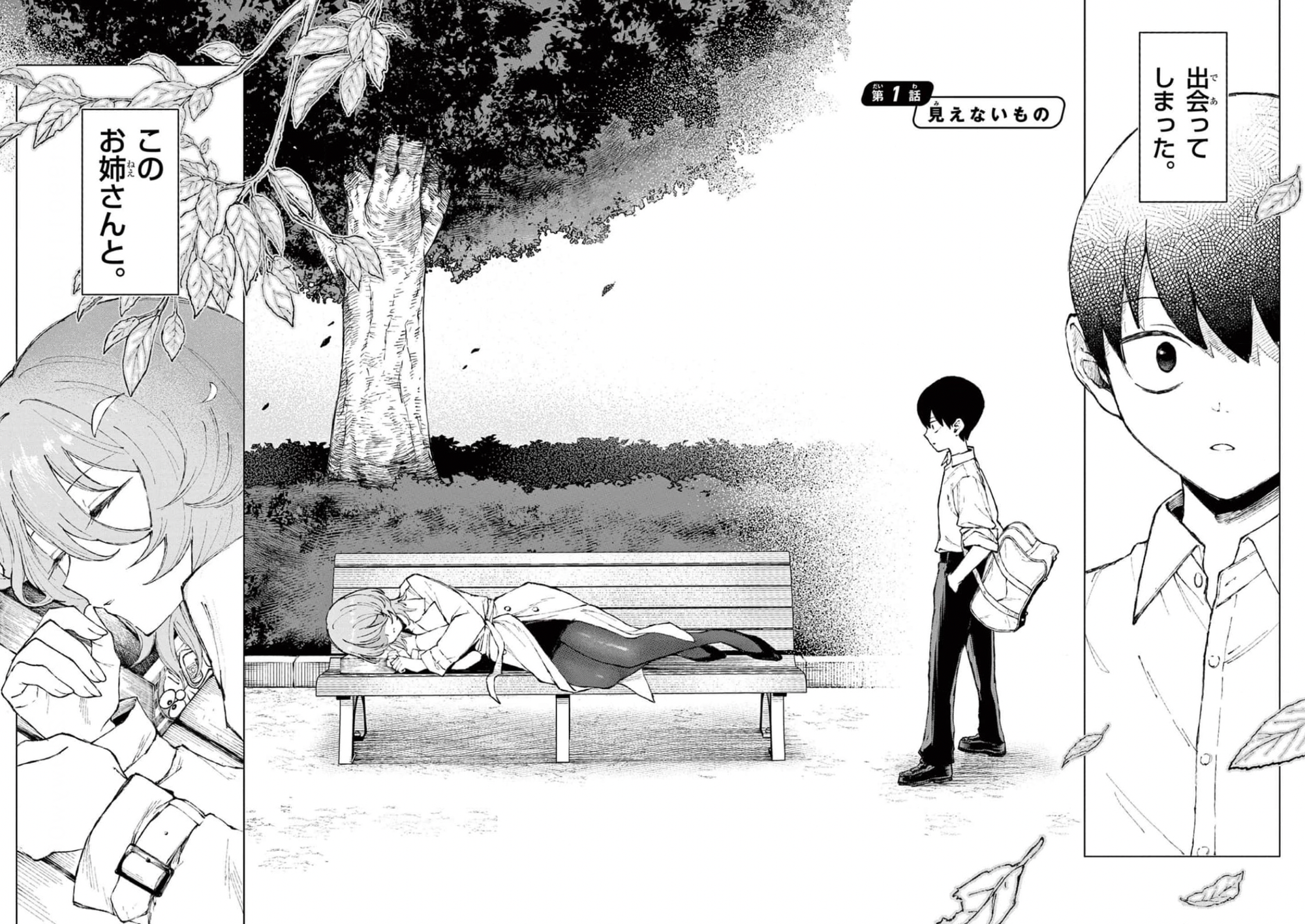
Of course, there is also a sexual element to Miss Downer Wants to Play that is hard to ignore. When Haru first comes across the titular character, she’s fast asleep, lying on a bench totally defenseless with her legs exposed from beneath her long overcoat. To be fair, this isn’t framed in an overtly erotic way, but later jokes are: not only does chapter two begin with the insulation that she has made someone into her “dog,” she appears ready to flash the protagonist mere moments after her introduction before revealing her prized collection of Beyblades.
Although complaints about dirty jokes and toilet humor from PTA groups have plagued CoroCoro since its inception, sexual content is largely few and far between. In fact, female characters in and of themselves are unusual among series published under the imprint, alongside gravure or other content that spotlights female celebrities. Former editor-in-chief Makoto Wada once called their approach “poo and pee pee fundamentalism” in a 2017 interview, only highlighting just how unusual Miss Downer really is.
Whether or not Miss Downer’s orientation towards an older audience forms a part of a larger strategy on CoroCoro’s part to broaden its readership remains to be seen, but that certainly would make a lot of sense. Owing to an array of diverse social and economic factors, the number of children in Japan recently hit a record low of 13.66 million, constituting just 11.1% of the population. Sooner or later, there won’t be many kids to laugh at poo and peepee jokes any more, so perhaps the touch of an older woman is sorely needed.
You can read Miss Downer Wants to Play in Japanese via Shogakukan. It is currently serialized on the Weekly CoroCoro Comic website.


